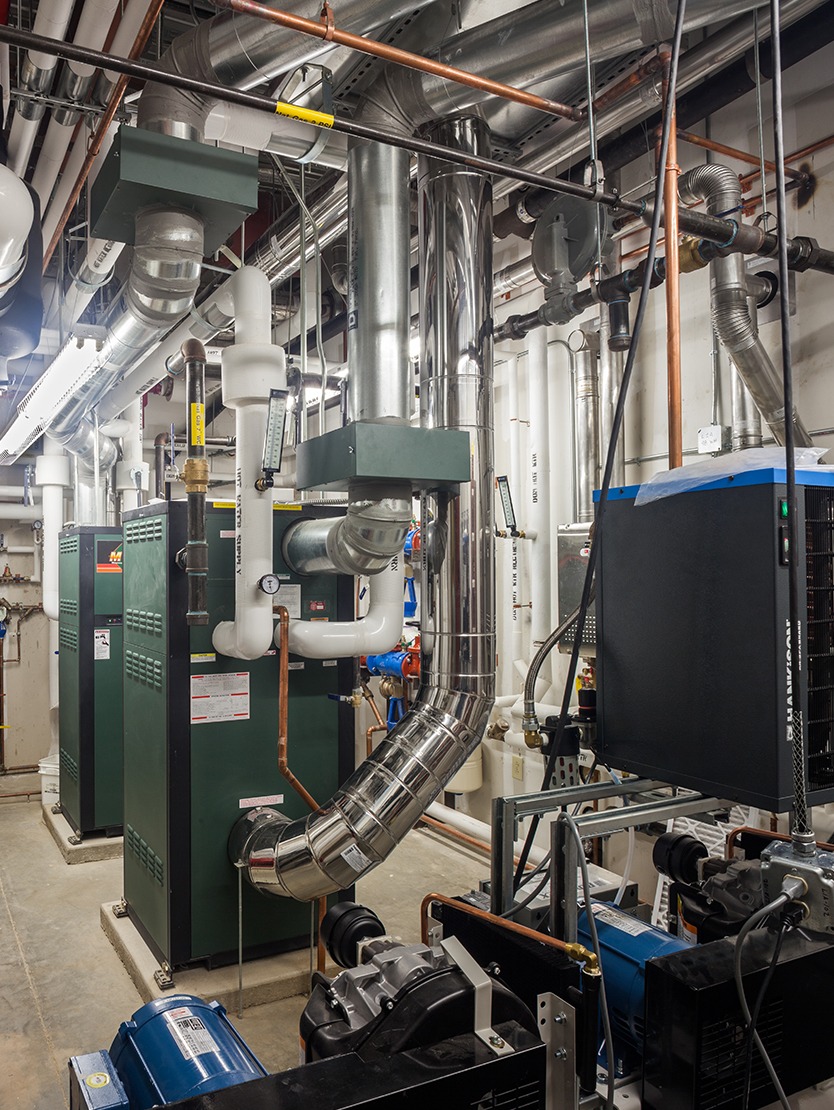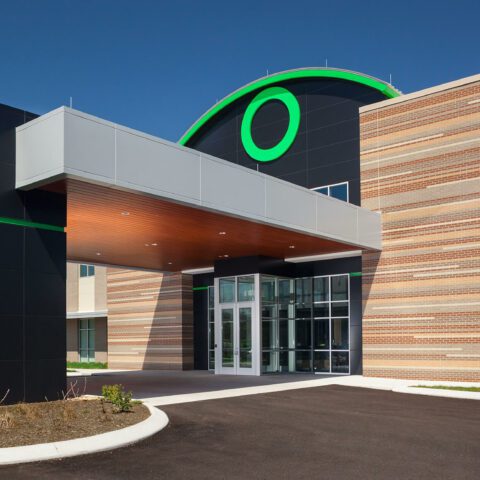Lipscomb University Pharmacy & Research Building
Coordination Key to Constructing Pharmacy & Research Center with Miles of Mechanical Systems
Fitting 2.5 miles of mechanical systems into a building with a 7,500-square-foot footprint is a big challenge. Working with the design team and the mechanical engineer, we met the challenge and built a pharmacy and research center that gives Lipscomb University long-term value.
The university’s teaching and research facility includes a pharmaceutical research lab with a walk-in cold room, medical gas systems and an acid waste sanitary system, a nuclear storage and waste room, a tissue culture room, teaching labs and integrated biomedical sciences labs. These features require a more involved mechanical system than a typical construction project.
Project Details
15,000 square feet structure
2.5 miles of mechanical piping
1,000 linear feet of duct work
LEED Silver
Project Team
Developer: Lipscomb University
Architect: Tuck Hinton
Contractor: Crain Construction
MEP: I.C. Thomasson Associates, Inc.




